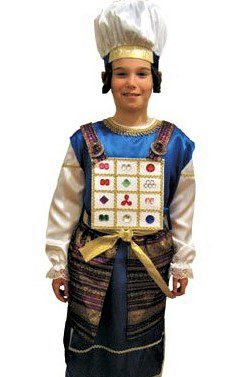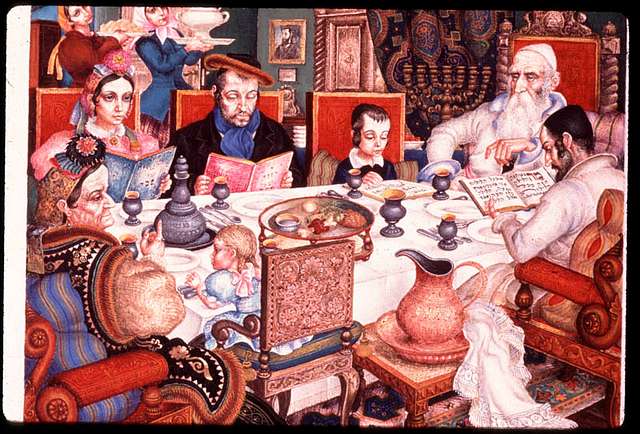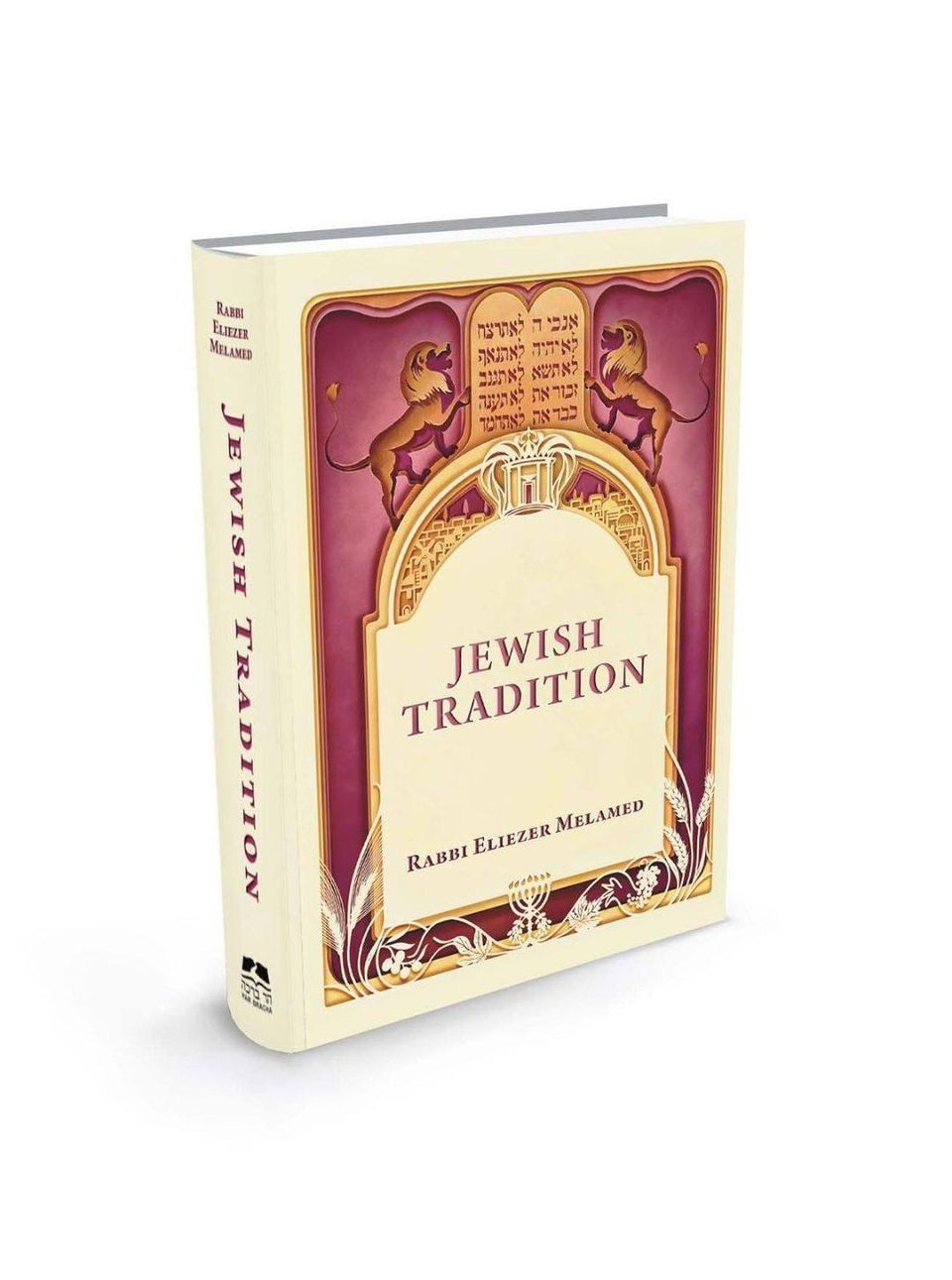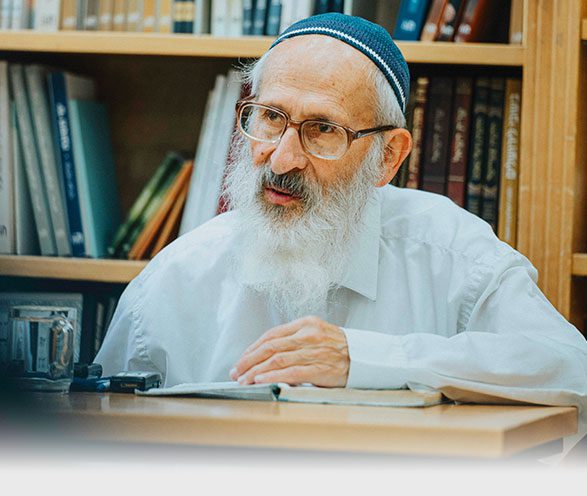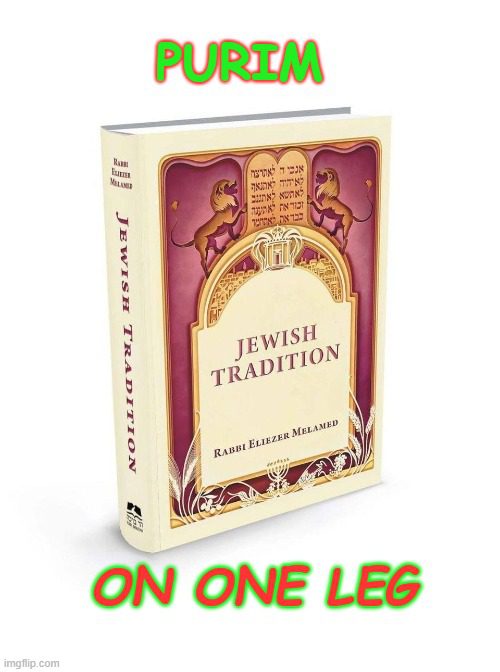TETZAVE
By Rabbi Chanan Morrison
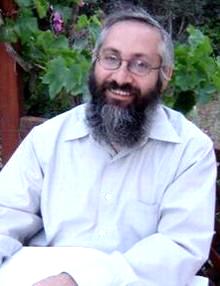
Excerpted from his book “Gold from the Land of Israel.” Many other selections of Rabbi Kook’s writings can be found at Rabbi Morrison’s website: https://www.ravkooktorah.org/
ONE LINE OR TWO?
One of the most impressive of the special vestments worn by the High Priest was the tzitz, a pure gold plate placed across the forehead. Engraved on the tzitz was the phrase, “Holy to God.”
According to Talmudic tradition, these words were split into two lines. God’s name appeared on the top line, and underneath was written, “Holy to.“ In contradiction to this tradition, however, Rabbi Eliezer testified that he had seen the tzitz among the plundered Temple articles in Rome — and the engraving was made on a single line (Shabbat 63B).
Why should the phrase “Holy to God” be split into two lines? And if that was the way the inscription was supposed to be engraved, why did the actual tzitz used in the Temple bear the entire phrase on one line?
The Realm of Kodesh Kodashim
We are accustomed to viewing the world as being divided into two realms: kodesh and chol, the holy and the profane. We are deeply aware of this dichotomy, and the friction between them, in all levels of existence: in our actions, feelings, thoughts, areas of study, and so on. The conflict between sacred and secular exists both in our private lives and in the public sphere.
There is, however, a third realm, even higher than kodesh. This is the level of kodesh kodashim, the ‘holy of holies.’ This is the very source of holiness, and it is based on both kodesh and chol. While the realms of kodesh and chol appear to us as competing and contradictory, in fact, each one complements and supports the other. The holy gives meaning to the profane; without it, the world of chol is lost, without direction or purpose. And the profane gives strength and substance to the holy. Without it, the kodesh has nothing to refine and elevate.
The lofty realm of kodesh kodashim is attained by the complementary interactions of kodesh and chol. This level reveals the common source of elevated holiness that resides in both kodesh and chol. In fact, kodesh kodashim is so much higher than the other two realms, that, when viewed from such heights, the differences between the holy and the profane disappear.
The Oral Tradition states that God’s name was engraved on a separate line above the words, “Holy to.” In other words, God’s name belongs to the exalted world of kodesh kodashim. Since it reflects a vision far beyond the apparent contradictions of holy and profane, it could not be written on the same line as “Holy to.”
Distinguishing Between Kodesh and Chol
This elevated outlook is, however, only theoretical. In our world, it is crucial that we distinguish between kodesh and chol. Humanity’s moral development depends on havdalah, a clear awareness and distinction between what is sacred and what is not.
Furthermore, if we do not separate these two areas, and ensure that each one maintains its independence, both kodesh and chol will suffer. Lack of clear boundaries between them greatly hinders human advance. For example, cold academic analysis and dissection of Torah subjects can leave them lifeless and dismembered. Religious encroachment on secular areas of study, on the other hand, can obstruct scientific progress (consider Galileo’s struggles with the Church). Therefore, in practice it was necessary to lower God’s name on the tzitz to share the same level as “Holy to.” In this way, the holy is set apart from the profane.
Still, the potential to perceive the inner unity of kodesh and chol was — at least theoretically — engraved on the High Priest’s forehead-plate, raising his thoughts to the unified reality of kodesh kodashim, where God’s name is inscribed above and beyond the kodesh.
(Gold from the Land of Israel, pp. 155-157. Adapted from Ein Eyah vol. IV, p. 114; Ma’amerei HaRe’iyah, pp. 400-407.)
WHY DO WE WEAR CLOTHES?
“Make sacred clothes for your brother Aaron, for dignity and beauty…. They will be used to consecrate him and make him a priest to Me.” (Shemot 28: 2-2).
Clothing has a dual purpose. Its first function is utilitarian, protecting us from the elements — the cold and the rain, the wind and the sun. In this respect, our apparel corresponds to the fur of beasts and the feathers of birds, except that the animals have it better. They never need to change clothes or worry about acquiring new ones when their garments wear out or no longer fit. Their wardrobe comes naturally.
The second function of clothing, on the other hand, is unique to humans. Our attire affects our state of mind; it influences how we feel about ourselves and the image that we wish to project. We feel unhappy when wearing unattractive or ill-fitting clothes, and feel good when wearing apparel that is flattering. We feel comfortable in casual clothing, and dignified in formal wear.
This second aspect of clothing has great ethical value. It stresses those qualities that separate us from the animals and their simple physical needs. It enables us to attain a heightened sense of holiness and dignity. When we cover our heads, wear modest dress, and observe the mitzvot of tefillin and tzitzit, we deepen our awareness of God’s constant presence.
David’s Punishment
When King David was elderly, residing in his cold Jerusalem palace, he was unable to keep himself warm in the winter, no matter how many layers of clothing he wore (Kings 1, 1). Why was it that clothing no longer kept the king warm?
The Sages taught that David was punished in his old age for an act he had performed many years earlier. When King Saul was hunting for David in the caves of the Judean desert, David stole into the king’s encampment and surreptitiously cut off a corner of the king’s cloak.
David paid a heavy price for this act of disrespect toward clothing. “One who treats clothing contemptuously will later find himself unable to derive benefit from them” (Berachot 62B).
In light of our analysis of clothes, the rationale behind King David’s punishment becomes clearer. The two aspects of clothing — its utilitarian and ethical functions — are interrelated. If we fail to appreciate clothing’s contribution to human dignity and morality, its role in raising us above the animals, then we have overlooked its principal benefit. It is only due to clothing’s ethical value in helping us to acquire refined traits that we also enjoy its physical benefit — its provision of warmth and comfort. If clothes were meant only to protect us from the elements, we would have been better off with a good coat of fur.
When David tore the royal garments, he belittled the key purpose of clothing. His punishment demonstrates that, stripped of its ethical function, clothing loses its true value. And then, even its utilitarian value is lost.
(Sapphire from the Land of Israel. Adapted from Ein Eyah vol. II, p. 354).

